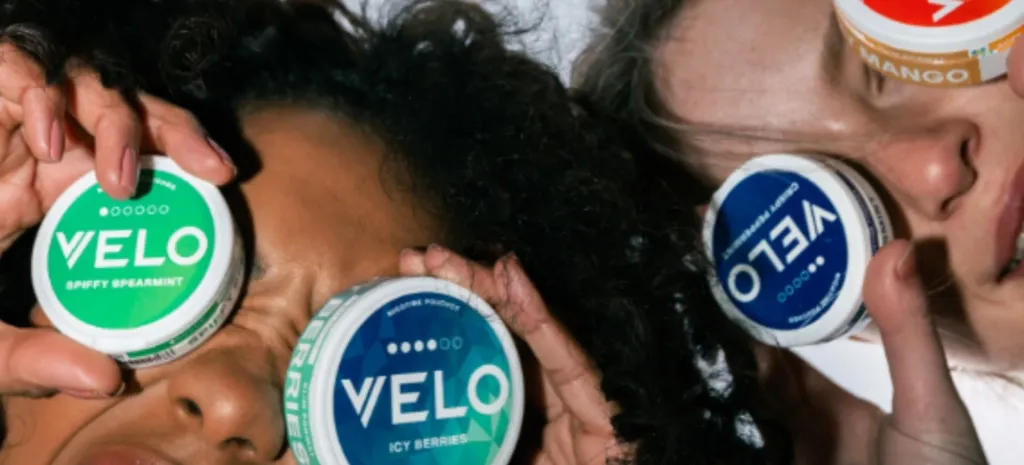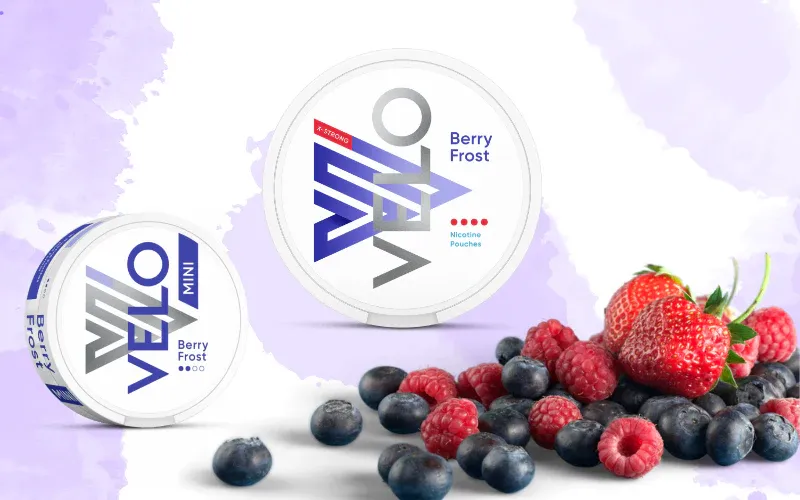Cuba Pineapple is a 2024 release from Nicotobacco in the Czech Republic, marketed under the Cuba brand that is famous for its cigar-inspired pouches. Each slim portion contains 16 mg of nicotine, derived from 24 mg/g salt blend, placing it in the upper-medium segment where flavour leads and the kick follows quickly. The can holds 20 portions, weighs 13 g net and is decorated with matte pineapple-yellow gradient that stands out on shelf displays.
The flavour arc opens with a burst of ripe pineapple, developed from natural extract sourced in Costa Rica. Within one minute a subtle coconut milk note moves forward, adding creaminess that prevents the tang from becoming sharp. After twelve minutes the sweetness fades and a faint lime zest appears, reminiscent of Caribbean beach cocktails. Users report that the profile stays consistent for twenty-five minutes, then tapers off before any artificial aftertaste emerges.
Portion fabric is spun from triple-layer micro-fleece, 0.18 mm thick and snow-white. The outer shell is perforated with 1 100 micro-holes per cm², allowing rapid nicotine release while preventing small particles from escaping. Inner layers trap moisture, so drip volume stays below 0.02 ml per portion. Low drip means the throat hit remains smooth even at 16 mg strength, a balance that newcomers to the strong category find welcoming.
Manufacturing runs on a five-week rotation
Nicotobacco produces Cuba Pineapple in small batches of 45 000 cans to maintain freshness. Every batch passes a 48-hour climate test at 30 °C and 70 % humidity; if nicotine degradation exceeds 1 % or pineapple aroma drops below 90 %, the batch is discarded. This strict protocol shortens shelf life to twelve months unopened, yet guarantees that the first pouch from the last can tastes identical to day one.
Lab sheets posted by Eurofins show heavy-metal values below 0.03 ppm and zero tobacco-specific nitrosamines. Pineapple extract is verified at 0.8 %, within a 5 % tolerance that satisfies Czech food safety law. Microbial screening registers under 100 cfu/g, confirming that the plant fibers are cleaner than many rival brands.
Retail price sits at €4.20 per can inside the EU and 42 SEK in Sweden. Online bulk boxes of ten cans drop the unit cost to €3.30, a discount that fuels cross-border shipments to countries where flavoured pouches face restrictions. Customs officers usually wave the pouches through because the contents are tobacco-free, yet Norway and Finland still levy nicotine tax at 2.20 € per gram, raising the retail price to €6.50 per can.
User feedback clusters around two poles. Commuters praise the tropical profile, claiming it removes the urge for mid-morning sweets and saves 100 kcal per day. Office workers in Berlin report keeping a can at their desk to pair with iced tea, rotating between Cuba Pineapple and Cuba
Strawberry after lunch to reset the palate
On the downside, the sweet profile feels heavy during workouts; runners prefer menthol variants when heart rate climbs above 150 bpm.
Environmental notes are printed inside the lid. The can is made from 75 % recycled HDPE and can be deposited in Nordic plastic-return machines for a €0.10 refund. Portion fabric biodegrades 60 % within 120 days under industrial compost, slightly slower than pure cellulose because of the bonding agent, still outperforming traditional tea-bag material.
Seasonal data show sales spikes between 11:00 and 13:00, aligning with lunch-break cravings. Stockholm convenience stores reorder Cuba Pineapple every eight days, while Malmö suburbs restock weekly. Online baskets often pair it with Cuba Blueberry, creating a two-flavour rotation that covers tropical and forest profiles throughout the day.
Whether you need a sweet pick-me-up during office hours or a calorie-free dessert after dinner, Cuba Pineapple delivers 16 mg of nicotine wrapped in Caribbean pineapple aroma that lasts for twenty-five minutes of balanced pleasure.

